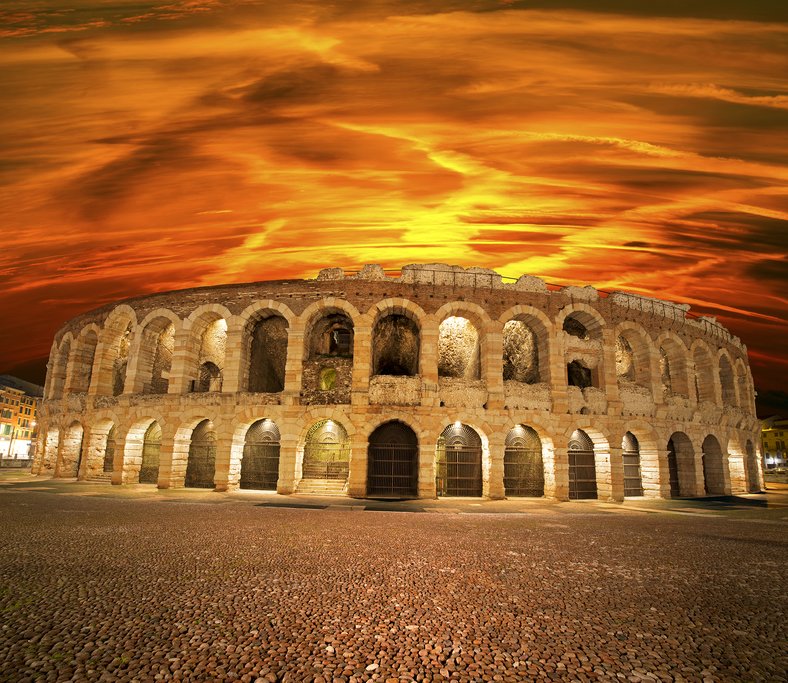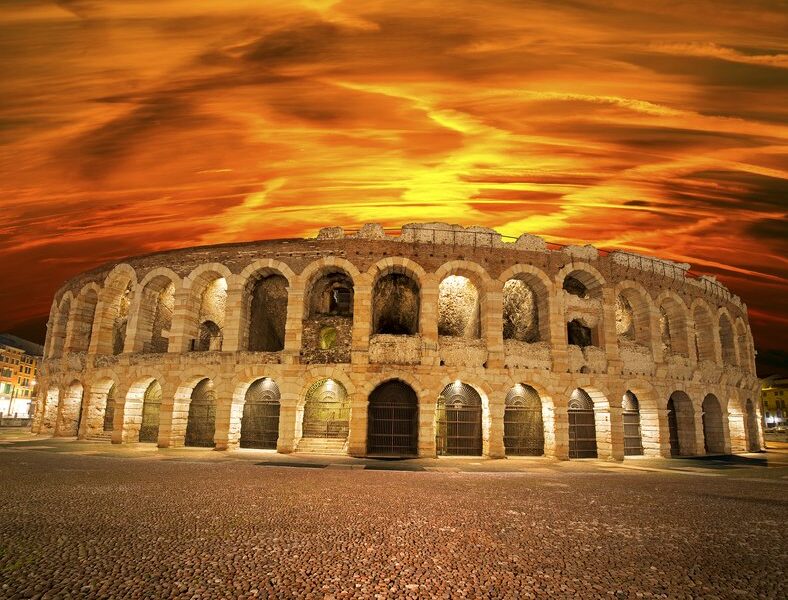
From the north to the south, east coast to west, summer temperatures mean all of Italy is open for business. Take a dip in Lake Como, tour the vineyards of Tuscany, or cruise the coastal roads of Sicily—the sky is the limit. Plus, two world-renowned cultural festivals occur during July that makes this a prime month on the holiday calendar.
Italy in July: A Comprehensive Guide to Weather, Crowds, and Cultural Delights
July in Italy offers a quintessential summer experience, but it’s essential to be prepared for both the glorious weather and the bustling crowds. This guide provides detailed information to help you make the most of your Italian adventure during this popular month.
**Weather in Italy During July**
As expected for the peak of summer, temperatures throughout Italy in July are generally warm to hot. If your travel plans center around the historic city of Rome, anticipate an average temperature hovering around a pleasant 79°F/26°C. However, Italy is a diverse country, and temperatures vary depending on the region.
For travelers venturing across the northern regions, the average temperature range falls between 65-85°F/18-30°C. Central Italy, encompassing regions like Tuscany and Umbria, experiences slightly warmer temperatures, averaging between 65-90°F/18-32°C. The southern regions, including areas like Naples and the Amalfi Coast, tend to be the warmest, with average temperatures ranging from 75-90°F/24-32°C. Keep in mind that these are just averages, and daily temperatures can fluctuate. Pack accordingly, with light, breathable clothing, sunscreen, and a hat to protect yourself from the sun. Evenings can be cooler, especially in the north, so bringing a light jacket or sweater is also recommended.
**Navigating Crowds and Costs in July**
July is undeniably a popular time to visit Italy, meaning that most destinations will be filled with summer crowds. This influx of tourists can significantly impact your sightseeing experience, often leading to extended waiting times at popular attractions. To minimize these delays at iconic locations such as Rome’s Colosseum, the Vatican Museum, and the Uffizi Gallery in Florence, purchasing tickets well in advance through official websites is highly recommended.
Another effective strategy for bypassing long queues is to book guided tours. Many tours offer skip-the-line access, allowing you to maximize your time exploring these historical and artistic treasures. Given the high demand, making all your travel arrangements to Italy as early as possible is crucial. Expect higher airfare and a greater likelihood of hotels being fully booked.
Accommodation costs in Italy typically experience a significant surge during July, with hotel prices often doubling compared to low-season rates. Booking your lodging well in advance will not only guarantee availability but may also help you secure better rates. Consider exploring alternative accommodation options, such as apartments or guesthouses, which may offer more competitive pricing.
**Where to Go in Italy in July**
While July may not be abundant in national festivals, there are still exceptional destinations offering significant cultural celebrations this month.
One prime example is the charming Tuscan city of Siena. Located south of Florence, Siena arguably rivals Tuscany’s capital in terms of beauty. Spend hours wandering through the medieval brick buildings and admiring the Gothic cathedrals. Alternatively, relax and soak in the atmosphere at a patio cafe in the expansive Piazza del Campo, the city’s main square.
On July 2nd, the Palio horse race commences, taking over Piazza del Campo. This elaborate and historic contest involves ten horses, each representing a different district of the city, racing around the plaza to the enthusiastic cheers of spectators. The Palio is one of Italy’s most famous and exciting cultural events. Attending the Palio is a unique experience, however, be aware that the crowds are immense. It is best to book accommodation and reserve your place to view the race in advance. With a well-planned itinerary, you can fully enjoy the festivities and explore a significant portion of Tuscany in a four-to-eight-day trip.
Another highlight of July is the city of Verona. Beyond exploring its ancient Roman archaeological sites, a visit to Verona means experiencing the city’s Roman amphitheater, The Arena, for Verona’s annual summer Opera Festival. This festival typically runs from late June through the end of August or the beginning of September, depending on the specific schedule. At 9 pm on most nights, immerse yourself in elegant interpretations of classic operas in what is considered the world’s largest opera house, boasting a seating capacity of approximately 10,000.
Fortunately, communicating in Italy is becoming easier, as English is increasingly spoken in tourist areas throughout the country.
**What to Do in Italy in July**
Despite the anticipated crowds, the favorable summer weather ensures that the entire country is accessible and welcoming in July. This makes it an ideal time to pursue various activities and explore diverse landscapes. Consider heading north towards the Swiss border for a scenic boat trip on the breathtaking Lake Como. Alternatively, travel south of Rome to Naples and undertake an invigorating hike up Mt. Vesuvius, rewarded by unparalleled panoramic views.
Of course, there’s no better time than summer to experience the Ligurian coastline and the “Italian Riveria” region of Cinque Terre. These postcard-perfect hillside fishing villages are renowned for their colorful architecture and rich history. Indulge in the region’s amazing seafood, ideally complemented by its signature sauce: pesto.
Other popular activities include wine tours of the Tuscany and Umbria regions, visits to major museums such as the Vatican Museum and the Uffizi Gallery in Florence, and a memorable 2-to-4-day road trip along the Amalfi Coast. For a family-friendly option, consider a visit to the scenic town of Sorrento. Keep in mind that hotels in these areas, particularly on the Amalfi Coast, tend to be fully booked months in advance. If you need to travel around the country without renting a car, the train is generally the most reliable option. Other forms of public transportation in Italy can sometimes be unpredictable.
**Events in July**
* **Palio di Siena:** As mentioned previously, this historic horse race takes place each year on July 2nd (and again on August 16th) in the city of Siena, in Tuscany. The event involves four days of horse racing and festivities in the city square, attracting a huge and enthusiastic audience.
* **Verona Opera Festival:** Throughout the summer months, nightly opera performances are held at the ancient Roman Arena in Verona, the largest venue of its kind in the world.
**Additional Information**
Planning a trip to Italy in July requires careful consideration of the weather, crowds, and costs. However, with advance planning and a flexible itinerary, you can enjoy a truly unforgettable experience. From the historic cities to the stunning coastlines and cultural events, Italy in July offers something for every traveler.

